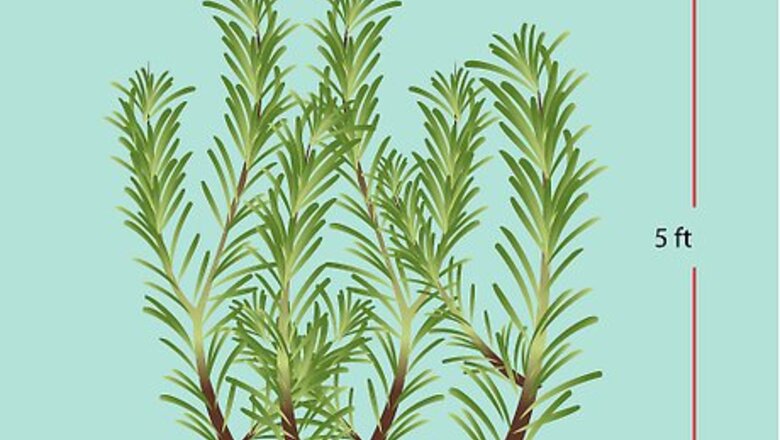
views
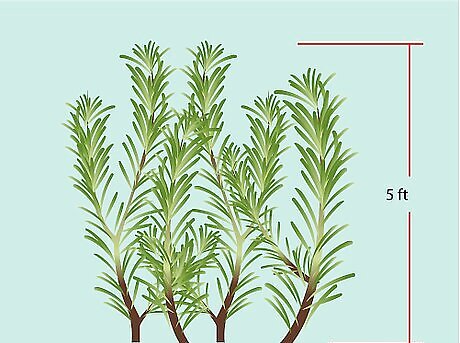
Measure the rosemary. Upright forms of rosemary can grow to 5 feet (1.5 m) in height. There are trailing forms of rosemary as well which grow low and spread on the ground.
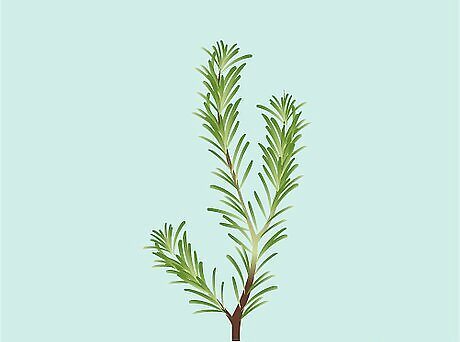
Look for plants that resembles a short pine tree with a fat trunk and smaller, long, thin branches which grow straight up into the air from the trunk. However, the lower branches tend to droop to the ground unless they are pruned.

Look for stems which are woody and have a scaly gray bark.
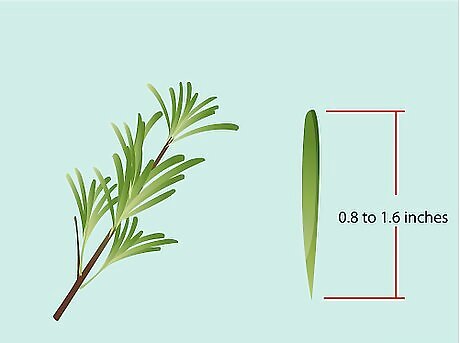
Measure the needles of the plants. Their lengths vary from 0.8 to 1.6 inches (2 to 4 cm) long.

Check that the long, thin needles start forming about a quarter of the way up from the base of the branch and grow densely, pointing upwards.

Look for needles that are dark greenish gray in color with a vein in the center of each needle. Healthy rosemary needles remain green all year.
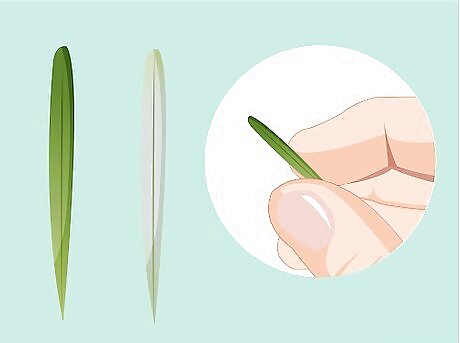
Look at the bottom of the needles for the silver color underneath. Check that the edges curl downwards. The undersides of the needles are somewhat fuzzy to the touch.
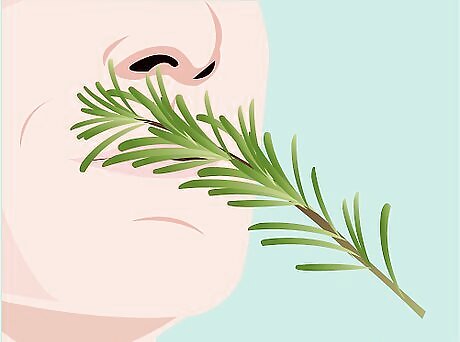
Smell the foliage. Rosemary has a woodsy pungent aroma. Some think it has tones of pine and lemon. A hint of camphor might be detected. There is a resinous quality to the fragrance which is quite distinctive and remains on your hands when you pull the needles from the stem.

Look for white, blue, pink or purple flowers in clusters at the tips of the branches. Most rosemary blooms in the summer in mild climates, but plants growing where the winters are warm may bloom year round.

Attempt to identify fresh rosemary in the store. Look for stems, sometimes still attached to the roots, where the needles are green and have a strong aroma, which indicate freshness.




















Comments
0 comment